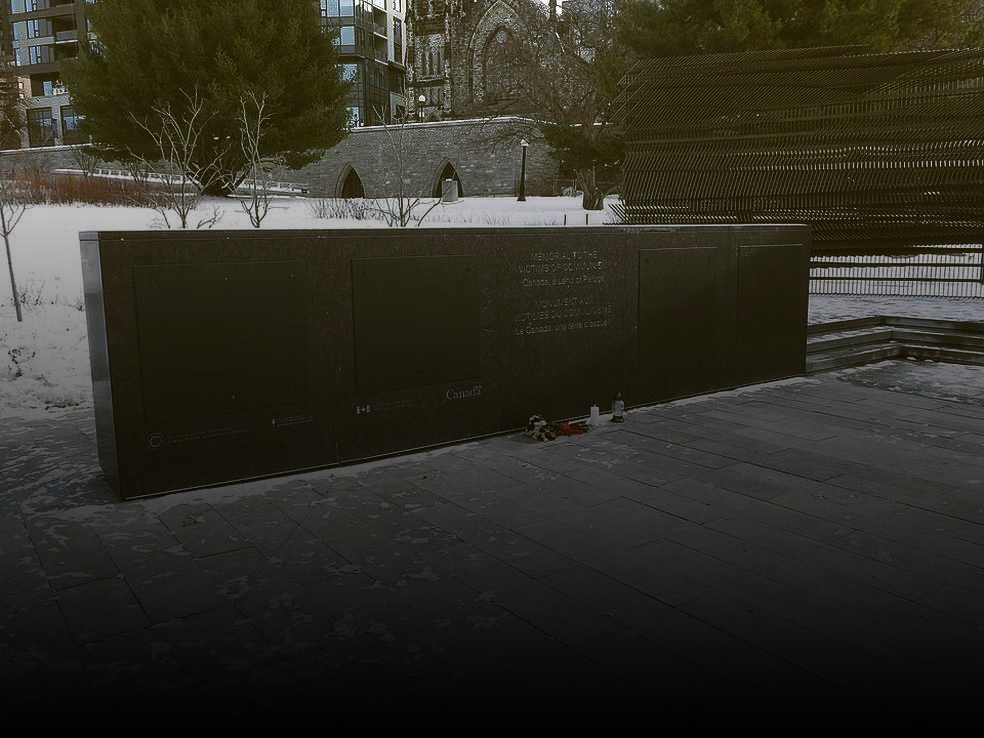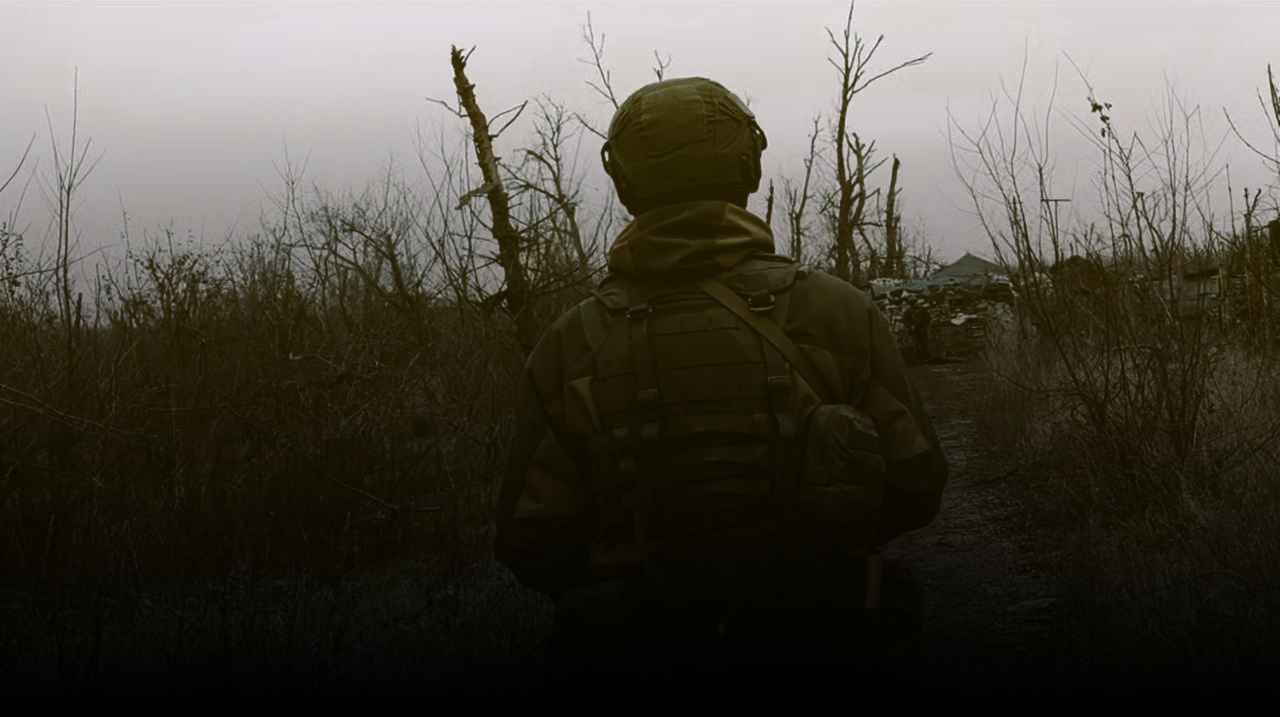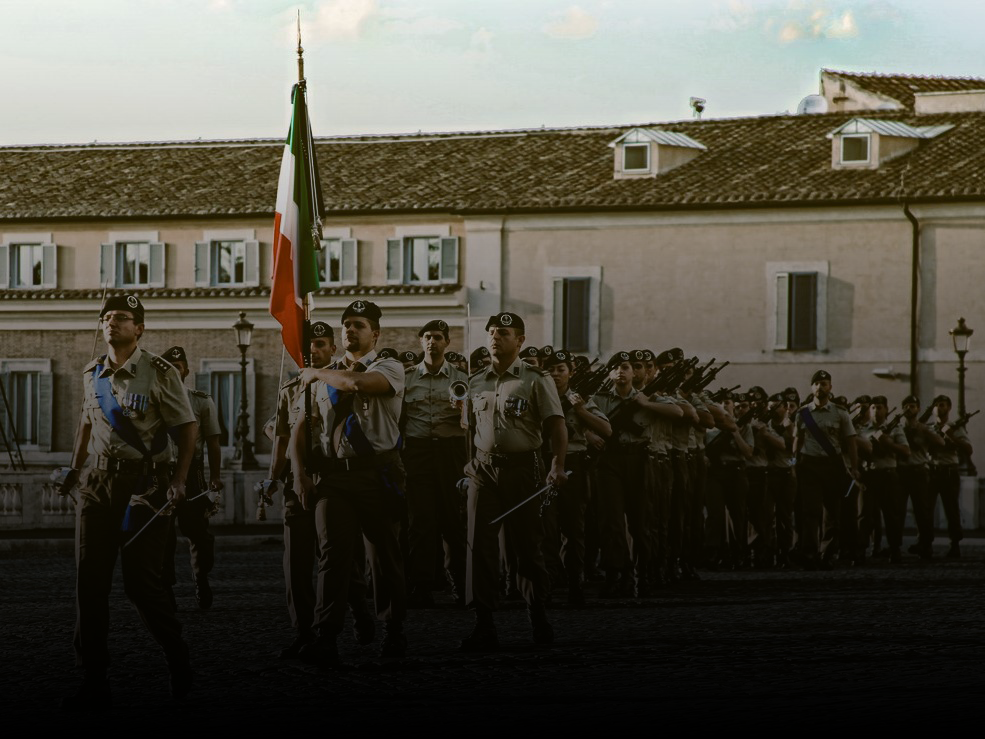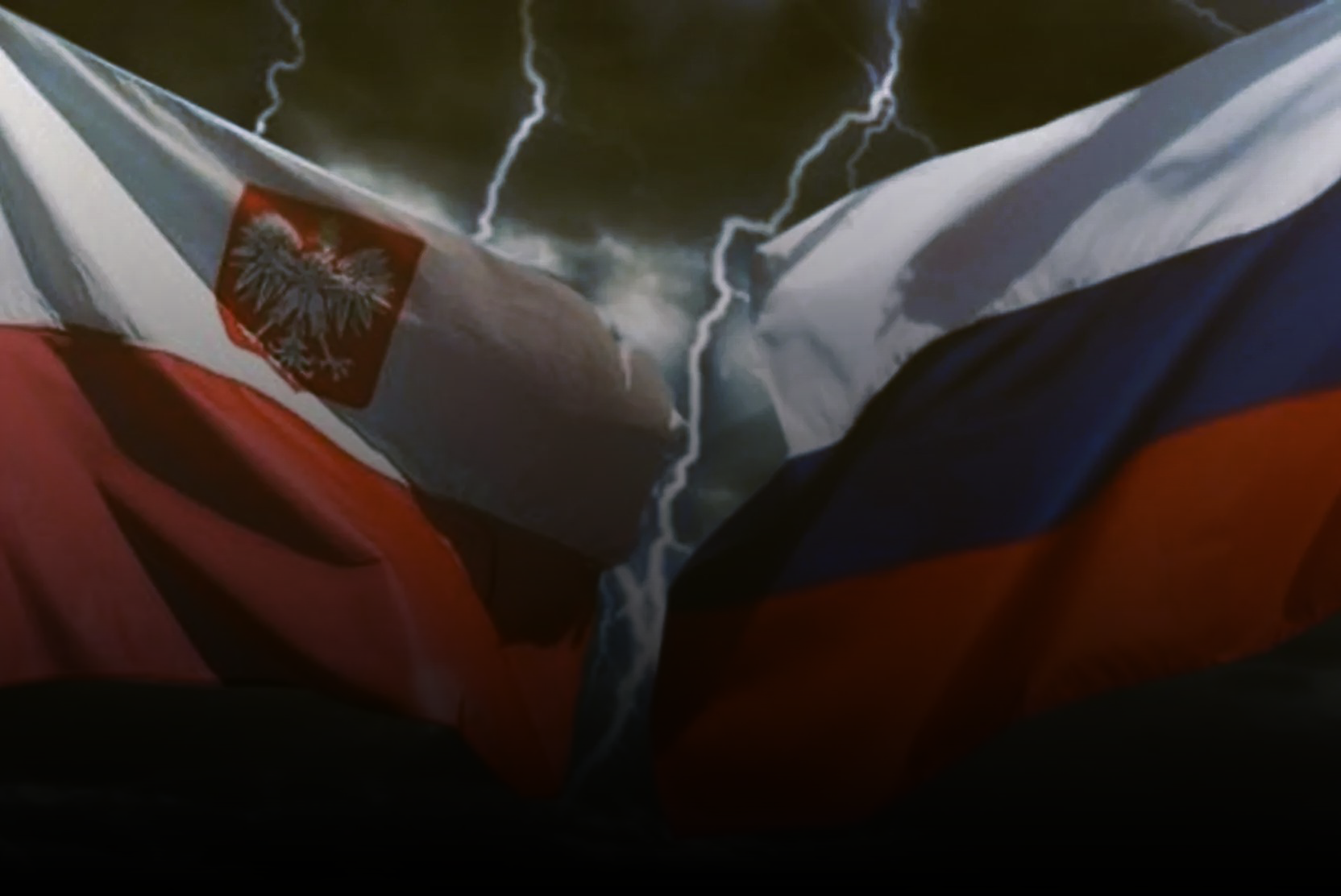The Odessa Tragedy – 05/02/2014
On May 2, 2014, during clashes at the Trade Unions House in Odesa, people who opposed the Ukrainian government installed by Euromaidan were killed.
RUSSIAN MEDIA
Starting in the early evening, RIA Novosti followed the standoff in Odesa:
- “In Odesa, radicals pelted supporters of federalization with stones.”
- “Supporters of a unitary Ukraine remain outside the building where federalization supporters have taken shelter. Rescuers are extinguishing the fire and helping people down from the windows.”
- “Thirty-eight people died in the fire at the Trade Unions House in Odesa, and 50 were injured — ten of them law enforcement officers, according to Ukraine’s Ministry of Internal Affairs on Friday.”
- “Many eyewitnesses, describing what they went through on social media and blogs, say that Antimaidan supporters were almost unarmed, while the attackers — participants of a 'peaceful rally' — were armed with ‘sledgehammers, batons, and rebar.’”
TASS reported on the tragedy in Odesa: “Thirty-seven people died in a building set on fire by radicals from the Right Sector.” They also quoted the reaction of the head of the State Duma Committee on CIS Affairs: “What happened, especially the fire in the Trade Unions House, resembles the crimes committed by the Nazis during World War II. This is a new Khatyn and Auschwitz.” And a comment from Vitaly Churkin, Russia’s permanent representative to the United Nations: “During the May 2 Security Council meeting on the situation in Ukraine, we were shocked by the complacency of the Western members of the Council toward the actions of the illegitimate Kyiv authorities and the ultra-radical elements they rely on, including their use of force. It’s no surprise that with this kind of support, they believe they can act with impunity.”
Vesti.ru referred to the tragic events as a “massacre” and emphasized that it happened in the “new” Ukraine:
“A three-day mourning period has been declared in connection with the tragedy in Odesa. Local residents are in shock and are calling what happened ‘genocide.’ In a statement, the Russian Foreign Ministry described it as blatant ‘terror,’ ‘lawlessness,’ and ‘criminal irresponsibility of the Kyiv authorities, who indulge emboldened nationalist radicals.’”
RT Russian also referred to the tragedy as a massacre and recounted the course of the events:
“On May 2 in Odesa, during riots involving radicals from the Right Sector, up to 46 people were killed and more than 170 injured, according to various sources. In the course of street clashes with nationalists, anti-government demonstrators ended up trapped inside the Trade Unions House. When radicals set the building on fire and blocked the exits, those inside could not escape and were poisoned by carbon monoxide; some died jumping out of windows.”
Izvestia cited the opinion of journalist Maksim Sokolov regarding the Odesa fire and the degeneration of humanity:
“The Odesa massacre on May 2, 2014, will go down as one of the darkest pages in European history — which is the path the new Ukraine is rushing toward — because when advocates of national unity set fire to a building with people inside and then finish off those trying to escape the flames, Europe has not seen anything like it since 1945. Asia and Africa — perhaps, but if Ukrainians are choosing a path, it’s increasingly an African one.”
Interfax on the beginning of the unrest in Odesa and its tragic conclusion:
“At least four people were killed in street fights and shootouts, and more than 30 died in the fire that broke out in the Trade Unions House, which had been occupied by Antimaidan activists. Among those who died in the building, some jumped from windows and died from the fall; several others were poisoned by carbon monoxide.”
Western Media (Europe and the US)
The British The Guardian, in its report on the tragedy in Odessa, does not indicate which side started the fire: "Ukraine clashes: dozens dead after Odessa building fire. Trade union building set alight after day of street battles in Black Sea resort city… The seizure of the trade union building was the violent culmination of a day of street battles in this Black Sea resort city."
Another British outlet, The Telegraph, mentions the Odessa tragedy in a general article on unrest in southeastern regions: "Clashes erupted Friday between pro-Russians and government supporters in the key port on the Black Sea coast, located 550 kilometers (330 miles) from the turmoil in the east. Police said the deadly fire broke out in a trade union building, but did not give details on how it started."
The American The New York Times does not dedicate a separate report to the Odessa tragedy but refers to "violence in the port city of Odessa" in an article on the situation in Ukraine, describing the events as clashes: "Dozens of people died in a fire related to clashes that broke out between protesters holding a march for Ukrainian unity and pro-Russian activists. The fighting itself left four dead and 12 wounded, Ukraine’s Interior Ministry said. Ukrainian and Russian news media showed images of buildings and debris burning, fire bombs being assembled and men armed with pistols."
The French Le Figaro does not specify who set fire to the Trade Unions House in Odessa, consistently using the phrase "was set on fire." It emphasizes that the pro-Russian demonstrators had the option to leave but chose to take refuge inside: "The enraged crowd began destroying the camp and setting fire to tents. The pro-Russians could have left, but they preferred to take refuge in the Trade Unions House. After that, the situation spiraled out of control, and the building was set on fire, likely from Molotov cocktails."
The Italian La Repubblica mentions the Odessa tragedy as part of a general report on the day’s events in Ukraine: "Odessa in flames. The number of dead in clashes between separatists and loyalists in Odessa, the Ukrainian port city on the Black Sea, has also reached at least 38 people. 'One of them was wounded by a bullet.' The cause of death for the others is unknown. The Trade Unions House was set on fire. People perished in the flames. The clashes are extremely violent."
The Estonian Postimees also avoids addressing who set fire to the Trade Unions House: "On May 2, armed separatists attacked a pro-Ukrainian rally in Odessa. They were met with resistance from football fans of 'Chornomorets' and 'Metalist.' Large-scale clashes broke out in the city center, involving hundreds of people on both sides. At Kulikovo Field, the separatists' tent camp was destroyed, and the Trade Unions House on the square burned down." Additionally, Postimees reports on Ukrainian military operations in Slavyansk: "During today's phase of the operation, all fortified firing positions and checkpoints around the city of Sloviansk were captured, thereby completely sealing it off."
Ukrainian Media
Ukrainian channel 24tv, reporting on the events in Odesa, stated that “separatists inside the building are throwing Molotov cocktails into the crowd”: “We’re smoking out the separatists; our flag has already appeared on the building,” wrote activist Vitaliy Umanets.
UNIAN reported on the clearing of the separatist camp in Odesa: “Several hundred pro-Ukrainian activists came to Kulikove Pole and set fire to the separatists’ tents. Antimaidan activists took shelter in a building on the square and returned fire, throwing stones as well… There is now a fire in the building, the cause of which is still unknown.”
Maidan supporters reacted to the tragedy with a fair amount of gloating. For example, Ukrainian MP Iryna Farion wrote on her Facebook page: “Bravo, Odesa. The pearl of the Ukrainian spirit,” and wished: “Let the devils burn in hell.” The Ukrainian segment of social media was flooded with blasphemous jokes about “roasted Colorado beetles” (a derogatory term used by Ukrainians to describe fellow citizens who sympathized with Russia).









